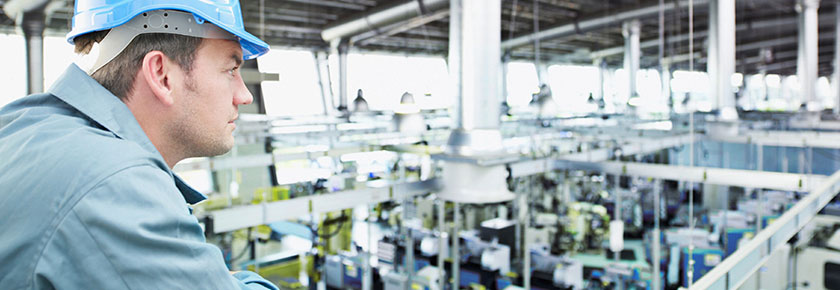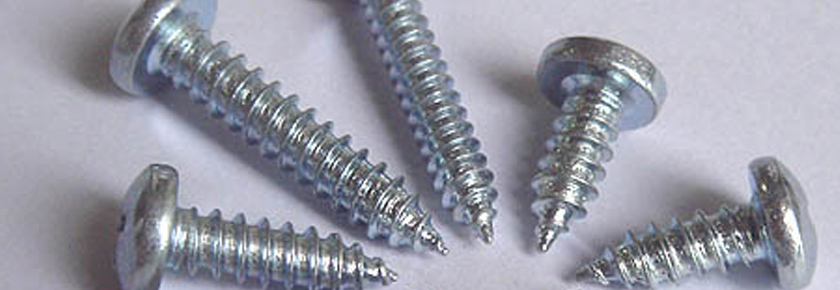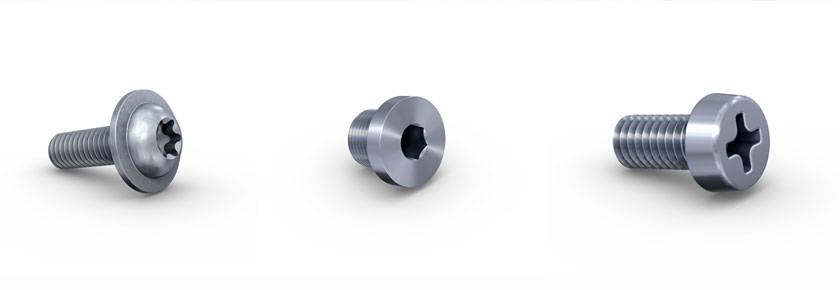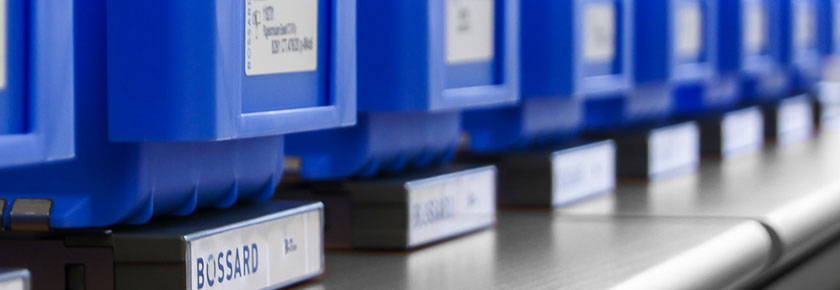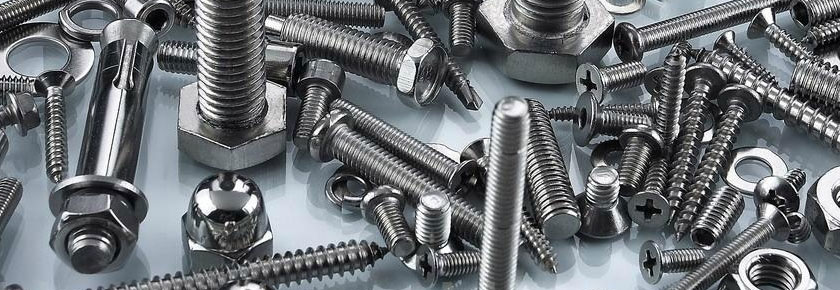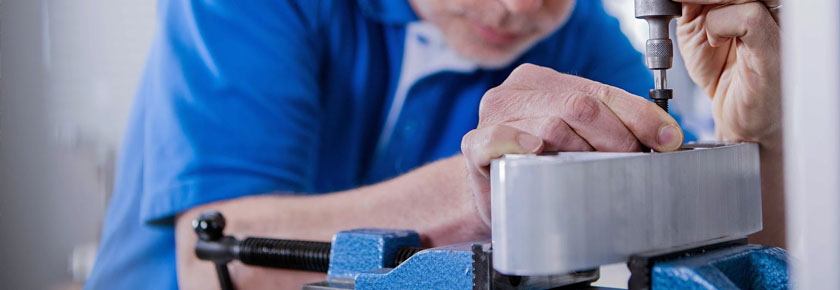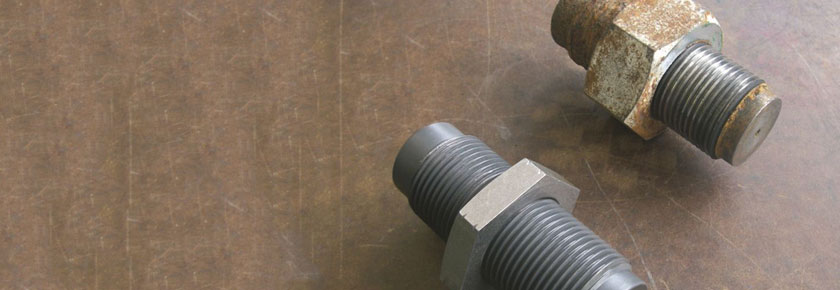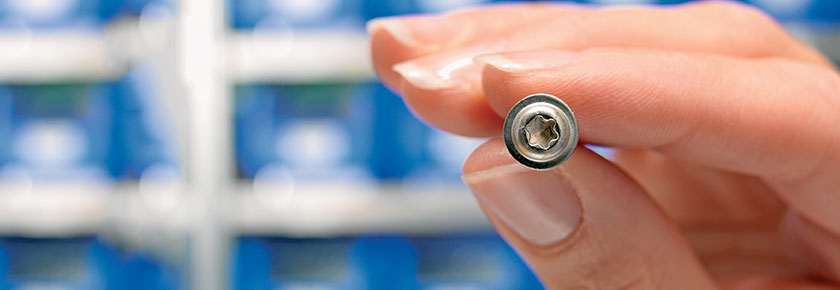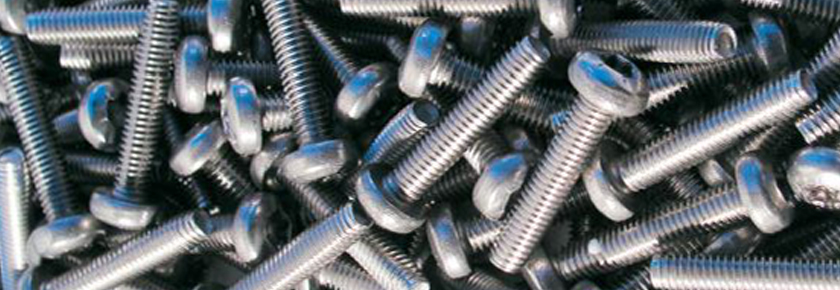We want your factory to be as good as it can be. Your competition is always evolving. Are you? These days it is important to optimize your production so you can have a leaner and smarter factory and we can help. Bossard has new Smart Factory Logistics that can give you a competitive edge.
The Bossard Smart Factory Logistics methodology will help you become the best possible factory. This methodology focuses on handling your key challenges in the best way possible. We help you tackle problems like reducing overall costs while boosting productivity, or keeping track of market developments that affect your production.
Smart Factory Logistics is a service for managing your B- and C- parts; it helps you uncover hidden potential for productivity improvement. The best part? Your requirements will help determine our system. We want to customize a system that is tailored to what you need.
This system will focus on your needs, but it will also give you five immediate benefits. These benefits are a leaner process, maximum operation flexibility, increased supply chain agility, improved predictability and proven productivity.
We have systems like the fully automated and flexible SmartBin that automates the ordering process and saves you time and effort. We also have the informative SmartLabel that has real-time information to optimize your C-part management.
With our Smart Factory Logistics methodology, we can give you a smooth and seamless supply chain performance. We can help you get an edge on the competition and best of all, we will customize the system to you.
With Bossard, you know it works. Contact Bossard at ProvenProductivity@bossard.com if you have any questions about our Smart Factory Logistics methodology and how we can help you.

